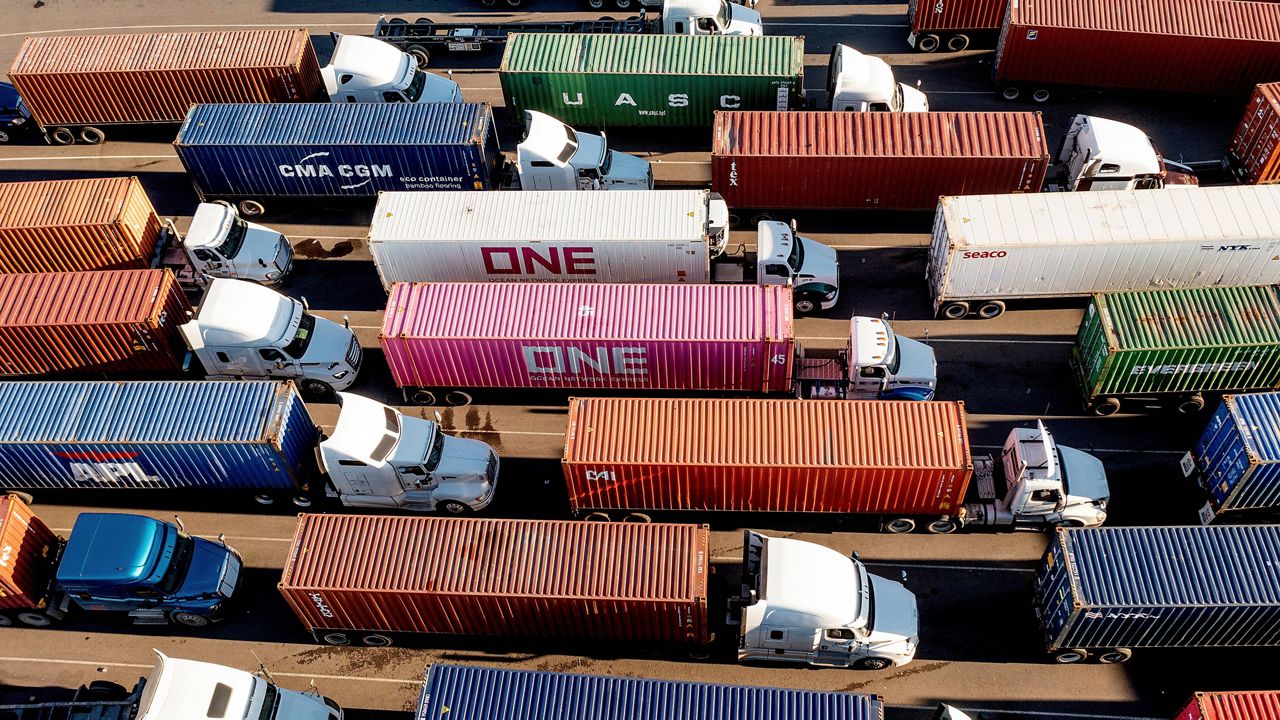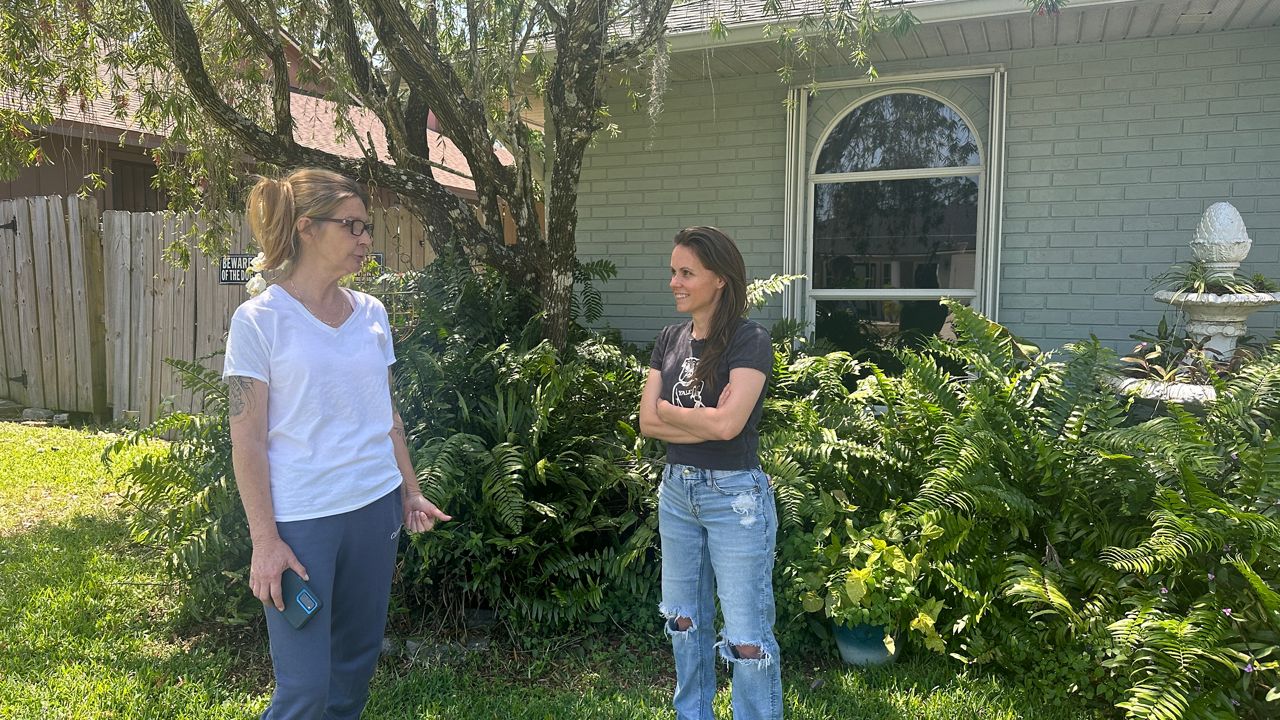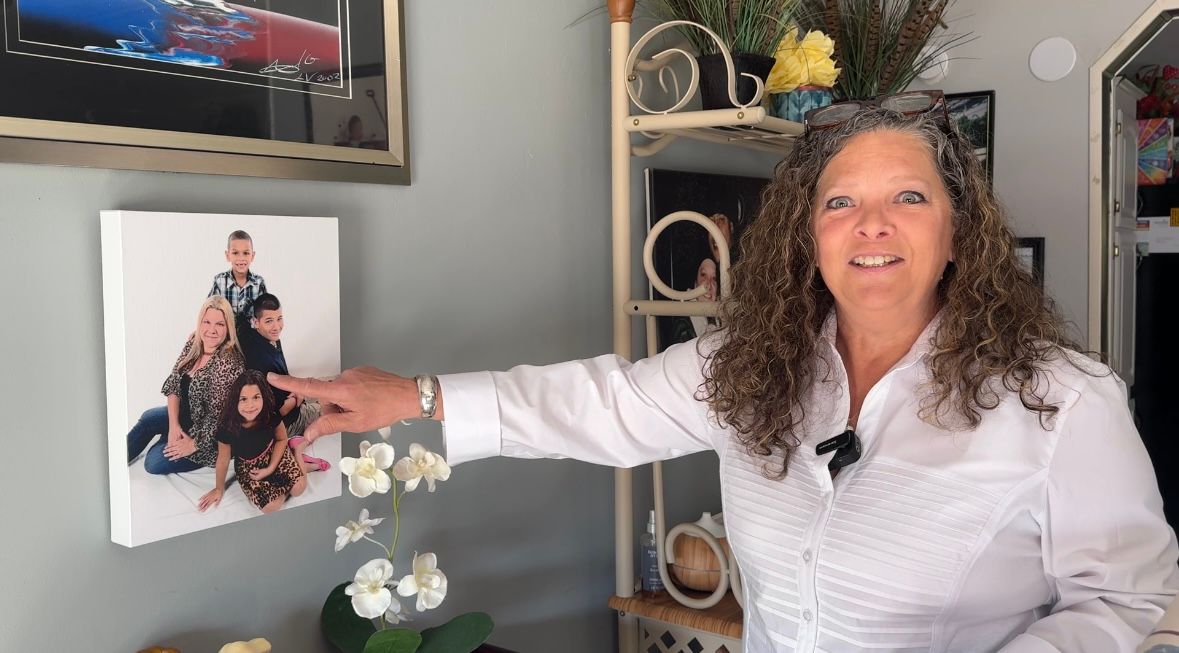BREVARD COUNTY, Fla. — A recently released 20-year-long research study reveals why so many dolphins have been stranding themselves along the Indian River Lagoon.
Much of the reason, lack of food — namely, seagrass.
What You Need To Know
- Brevard Zoo and the Hubbs-SeaWorld Research Institute are working to restore seagrass in the Indian River Lagoon
- The team collected seagrass fragments from the nearby waters to grow their own plants
- A team of volunteers is also working on an oyster restoration project to help improve water quality
According to the study, conducted by the Hubbs-SeaWorld Reasearch Institute, 17% of dolphins died due to starvation between 2002 and 2020 in cases where probable cause was found, peaking in 2013 at 61%.
“With the declines in seagrasses that we see in the lagoon, the dolphins are having a hard time finding forage, and that’s one of the reasons we are pleased to support this project,” said Dr. Jeff Eble, Florida program director of the Hubbs-SeaWorld Research Institute.
A new partnership between the Brevard Zoo and the research institute hopes to tackle the problem.
It’s what’s being grown by humans to restore our shores.
When you think of a nursery, what comes to mind? A baby or plants? How about grass?
In this case, seagrass, which will one day live on the floor of the Indian River Lagoon.
The leader of the zoo’s conservation team "Restore Our Shores" nursery is Olivia Escandell.
Escandell is a Satellite Beach native who grew up on the banks of the lagoon.
When she was a kid, she wanted to work with dolphins or sea turtles.
“And it really inspired a love for the lagoon and marine sciences,” she said.
As she got older, she learned how plants and animals work together in ecosystems and fell in love with ecology.
“The most important or critical ecosystem we have here in the Indian River Lagoon is seagrass, and unfortunately, we’ve lost over 90% of seagrass coverage in the lagoon,” she said.
Brevard Zoo’s first seagrass nursery at the Hubbs-SeaWorld Research Institute in Melbourne Beach is working to change that.
After getting a permit, the team collected seagrass fragments from the nearby waters, and planted them in large tanks.
The goal is to make their own plants.
“Projects like this where we can ‘outgrow’ seagrass in a nursery, to out-plant in the IRL, can help to accelerate some of that recovery in areas where there is practically no seagrass left,” Escandell explained.
A team of volunteers is also working on an oyster restoration project to help restore the population.
The galvanized metal cages are plastic free.
Oysters are natural water filters that improve water quality by removing pollution and clear the water for sunlight to reach seagrass.
“I think it really gives hope that in the future, as we continue to improve water quality, these projects can only get better and be more successful,” Escandell said.
She is encouraged that the seagrass effort will be successful, too. trying to bring back the days of a clean lagoon she once knew.








